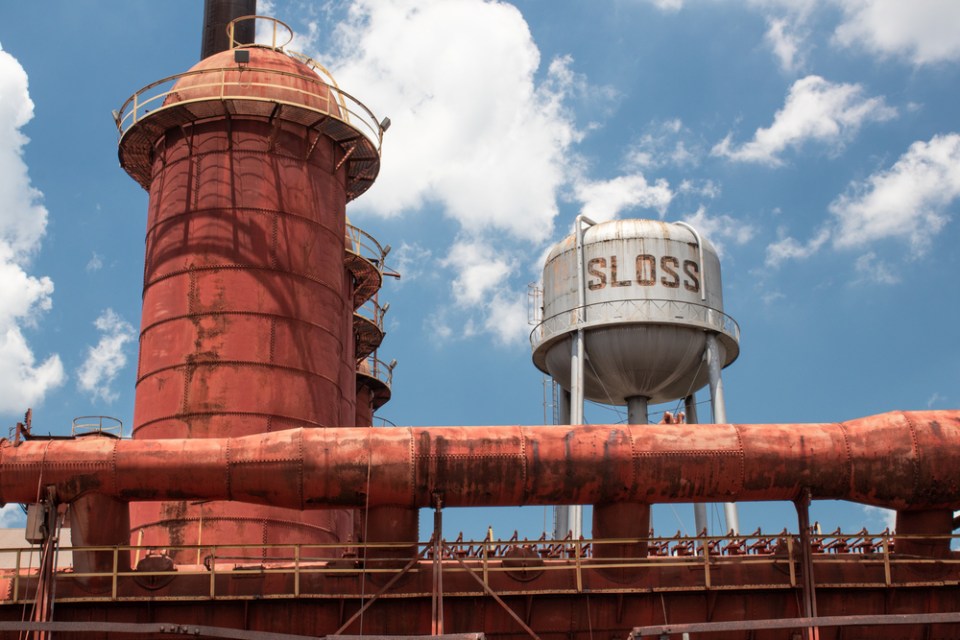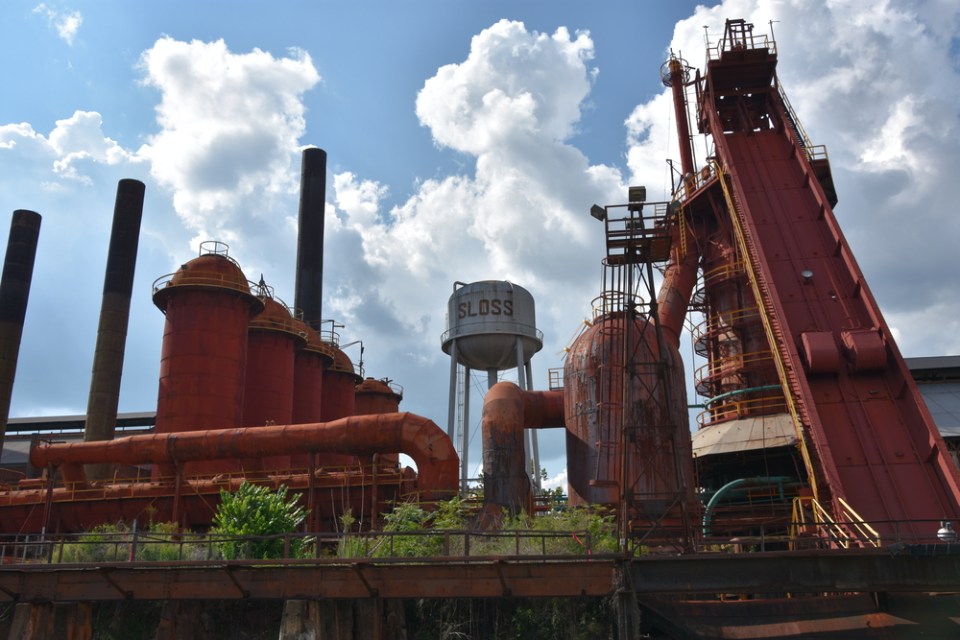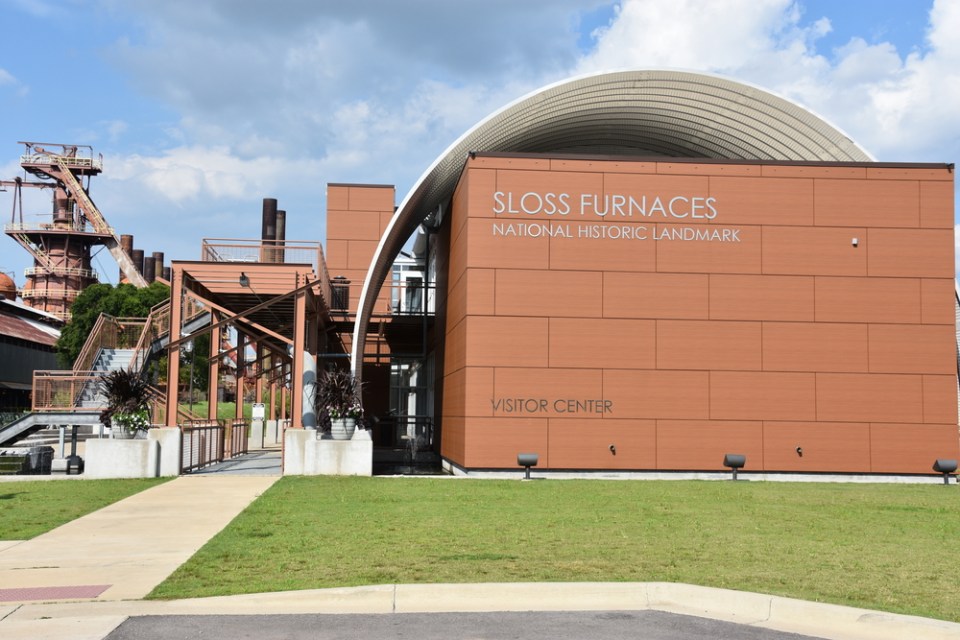The Sloss Furnaces, a National Historic Landmark in Birmingham, Alabama, operated as a pig-iron-producing blast furnace site from 1882 until 1971. After its closure, it became one of the first industrial sites in the United States to be preserved for public use. In 1981, a decade after the facility was shut down, the United States Department of the Interior designated it as a National Historic Landmark.
Photo by depositphotos.com
Today, the Sloss Furnaces site functions as an interpretive museum of industry and hosts a globally recognized metal arts program. Furthermore, it serves as a unique venue for festivals and concerts.
Colonel James Withers Sloss, one of Birmingham’s founders and the namesake of the furnaces, played a significant role in promoting railroad development in the area. Before establishing the Sloss Furnace Company, he collaborated with the Pratt Coke and Coal Company. The company was built on 50 acres of land donated for industrial development, and the two furnaces constructed on the site stood an impressive 60 feet tall and 18 feet in diameter. The surrounding machinery used for pig iron production created a patchwork of machinery and tools.

Photo by depositphotos.com
After Sloss sold the company and retired, the furnaces were modernized with new equipment and boilers. Eventually, the Sloss Furnaces became one of the world’s largest pig iron sellers. During this period, the new owners built dozens of small cottages around the site for workers.
The Sloss Furnaces changed ownership several times, and over the years, numerous improvements and repairs were made to keep the furnaces operational. However, the U.S. Clean Air Act ultimately forced its closure due to Birmingham’s severe air pollution problem caused by the iron and steel industry.

Photo by depositphotos.com
Following the closure, the Jim Walter company donated the property to the Alabama State Fair Authority. Initially, redevelopment was considered unfeasible, and plans were made to demolish the furnaces. However, local preservationists swiftly organized to save the site, arguing that the Sloss Furnaces held significant historical importance for Birmingham. Eventually, voters approved a $3.3 million bond issue to preserve the site, which was used to construct a visitor’s center, establish the metal arts program, and stabilize the main structures.
Today, the site’s restoration and preservation continue as funds…
Click Here to Read the Full Original Article at Unusual Places…
